Blog
Jewellok is a professional pressure regulator and valve manufacturer and supplier.
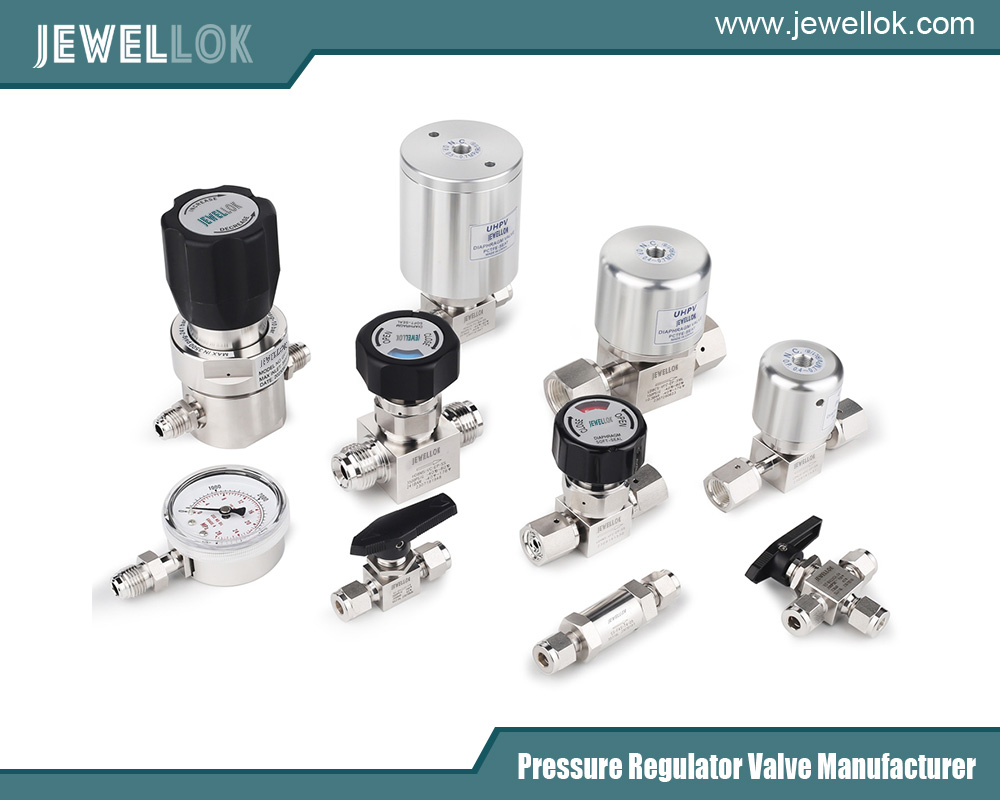
Understanding Air Pressure Regulator: Diagram And Functionality Explained
- Pressure Regulator Valve Manufacturer
- adjustable inline air regulator, air pressure regulator diagram, air pressure regulator electronic control, Air pressure Regulator for Pneumatic, Air Pressure Regulator manufacturer in china, air pressure regulator manufacturers in india, air pressure regulator with gauge, air pressure regulator with relief valve, air pressure regulator with water separator, Air Pressure Regulators Manufacturer from Ahmedabad, Air regulator Manufacturers, high pressure air regulator valve, Industrial air pressure regulator manufacturer in china, low pressure air regulator 0-10 psi, low pressure air regulator 0-5 psi, low pressure air regulator with gauge, Pressure Regulator Manufacturer China, TR Series Air Regulator Manufacturer from Chennai
- No Comments
Understanding Air Pressure Regulator: Diagram And Functionality Explained
An air pressure regulator is a critical component in pneumatic systems, controlling the pressure of compressed air to ensure it is maintained at a safe and optimal level for downstream equipment. Whether in industrial applications, automotive repair, or DIY workshops, understanding how air pressure regulators work and interpreting their diagrams can help ensure effective and safe operation. This article will walk through the function of an air pressure regulator, provide a detailed diagram, and explore how to read and utilize it for various applications.
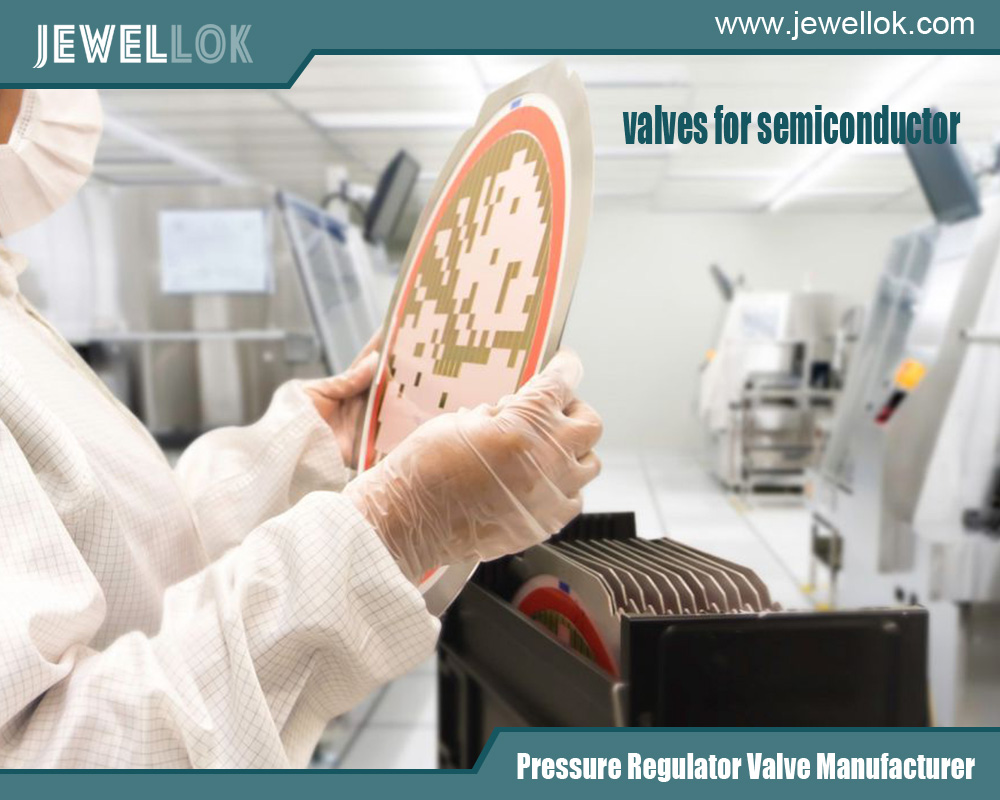
What is an Air Pressure Regulator?
An air pressure regulator is a device that reduces the incoming air pressure to a level suitable for machinery, tools, or other equipment use. Air is often stored at high pressures in compressed air systems, which may only be appropriate for some applications. Without regulation, tools may malfunction or be damaged due to excessive pressure or fail to work effectively if the pressure is too low. The air pressure regulator ensures the correct pressure is delivered to downstream equipment.
Critical Components of an Air Pressure Regulator
First, Let’s examine its core components to better understand how an air pressure regulator works. These parts control, adjust and maintain the air pressure.
- Inlet Port: The point where compressed air enters the regulator from the source, typically at a higher pressure.
- Diaphragm: A flexible membrane that responds to changes in air pressure, ensuring that the regulator adjusts to the desired output pressure.
- Spring: A spring regulates pressure in conjunction with the diaphragm. As the spring compresses or expands, it adjusts the airflow to maintain the set pressure.
- Adjusting Screw or Knob: A manually adjustable screw that lets the user set the desired pressure output by compressing or releasing the spring.
- Outlet Port: The port through which regulated air exits are sent to the downstream equipment or tool.
- Pressure Gauge: An optional component that helps display the current pressure levels, enabling accurate monitoring.
Air Pressure Regulator Diagram: Understanding the Components
Below is a simple explanation of the typical air pressure regulator diagram and how each part functions:
- Inlet Port is typically located on one side of the regulator, where high-pressure air from a compressor or air tank enters.
- The Spring mechanism is positioned adjacent to the diaphragm, providing the necessary resistance to control airflow.
- The diaphragm, connected to the spring, moves to adjust airflow based on changes in pressure.
- Adjusting Knob or Screw is located at the top or side, where you can manually set the desired air pressure.
- Outlet Port is located on the opposite side of the inlet, where the regulated air exits to the system or tool.
- Pressure Gauges are usually attached to the regulator housing, providing a reading of the output pressure.
How Does an Air Pressure Regulator Work?
It is essential to break down how an air pressure regulator operates in action to better understand its functionality.
- Initial Pressure Adjustment: When the air enters the regulator through the inlet port, the diaphragm senses the incoming pressure and moves accordingly. The user can adjust the pressure by turning the adjusting screw or knob to compress or release the spring.
- Pressure Control: As the diaphragm moves in response to changes in incoming air pressure, it adjusts the spring’s position. This action modifies the airflow, ensuring the output pressure stays within the desired range.
- Output Pressure Maintenance: The air pressure regulator continuously monitors and adjusts to maintain the set pressure. If the supply air pressure fluctuates, the diaphragm and spring combination correct these imbalances to keep the output stable.
- Pressure Gauge Monitoring: The gauge attached to the regulator shows the user the current output pressure, allowing for fine-tuning.
Importance of Air Pressure Regulators in Different Systems
Air pressure regulators are used in various applications across different industries. Let’s explore a few common uses:
- Industrial Applications: Compressed air is often used to power pneumatic tools, actuators, and conveyors in factories, manufacturing plants, and assembly lines. A pressure regulator ensures these tools operate within their required pressure limits, optimizing performance and preventing damage.
- Automotive Industry: Compressed air is used in automotive repair shops for tasks like painting, tire inflation, and operating pneumatic wrenches. A regulator maintains the correct pressure for each application, preventing equipment malfunction and ensuring worker safety.
- HVAC Systems: Air pressure regulators control airflow in heating, ventilation, and air conditioning (HVAC) systems to ensure balanced and effective air distribution throughout buildings.
- Laboratory and Research Settings: In laboratories where precise control of air pressure is necessary for experiments or equipment operation, air pressure regulators play a vital role in maintaining accuracy and safety.
Signs of Faults or Malfunctions in an Air Pressure Regulator
An air pressure regulator is a relatively simple device, but like all mechanical systems, it can experience issues over time. Recognizing the signs of potential problems can help avoid costly repairs or downtime.
- Fluctuating Pressure: If the output pressure fluctuates despite adjustments, the regulator may be worn out or malfunctioning.
- No Pressure Adjustment: If the regulator is unable to change the output pressure when the adjusting knob or screw is turned, it may indicate an issue with the spring or diaphragm.
- Air Leaks: Hissing sounds or visible air leakage around the regulator often signal a broken seal, diaphragm, or gasket.
- Erratic Airflow: If air flows in bursts or inconsistently, it may be a sign that the regulator is not maintaining stable pressure, which could damage tools or equipment.
How to Adjust an Air Pressure Regulator
Proper adjustment of an air pressure regulator ensures that the system operates at its optimal performance level. Here’s a step-by-step guide to adjusting an air pressure regulator:
- Shut Off Air Supply: Before adjusting, ensure the system is depressurized to avoid accidents.
- Locate the Adjustment Knob or Screw: This is usually located at the top or side of the regulator.
- Turn the Knob Clockwise to Increase Pressure: Turning the screw or knob clockwise increases the spring tension, raising the output pressure.
- Turn the Knob Counterclockwise to Decrease Pressure: Turning the knob counterclockwise reduces the spring tension, lowering the output pressure.
- Check Pressure with Gauge: Use the pressure gauge to monitor the adjustment until you reach the desired setting.
- Test the System: Test the downstream equipment once adjusted to ensure the regulated air pressure meets its requirements.
Common Misconceptions About Air Pressure Regulators
Several things could be improved surrounding air pressure regulators, which can lead to improper use or installation. Here are a few of the most common:
- Regulators Can Increase Air Pressure: An air pressure regulator can only decrease or maintain air pressure, not increase it. It reduces high-pressure air to a lower, more manageable level.
- Regulators Do Not Need Maintenance: While regulators are durable, they require periodic maintenance, such as checking for leaks, cleaning, and replacing worn parts.
- A Regulator Can Fix All Pressure Problems: If the issue is the source of compressed air or a leak in the system, the regulator cannot correct it. The source system must also be in good condition.
Air Pressure Regulator Maintenance and Safety
Regular maintenance is crucial to ensure an air pressure regulator continues operating efficiently. Here are some maintenance tips:
- Regular Inspection: Regularly inspect the regulator for leaks, corrosion, or visible damage.
- Cleaning: Keep the regulator clean and free from dirt and debris that could interfere with its operation.
- Lubrication: Some regulators may require periodic lubrication of internal moving parts, especially the spring and diaphragm.
- Seal Replacement: If the regulator shows signs of leaking, the seals or gaskets may need to be replaced.
- Safety Considerations: Always ensure the system is depressurized before attempting to maintain the air pressure regulator. Improper handling can result in injury or damage to the equipment.
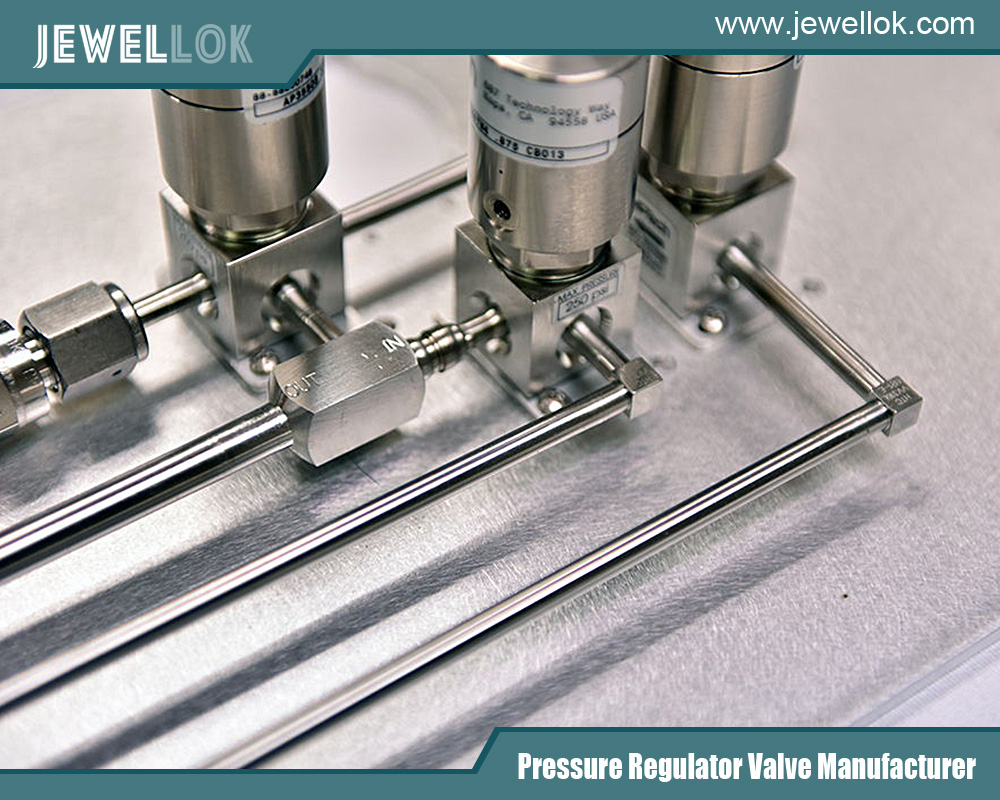
Conclusion
Understanding how an air pressure regulator works and how to read its diagram is essential for maintaining optimal performance and safety in pneumatic systems. From industrial applications to everyday DIY projects, regulators are crucial in controlling and maintaining the correct air pressure for tools and equipment. By familiarizing yourself with an air pressure regulator’s components, operation, and proper maintenance, you can ensure reliable, efficient, and safe system performance.
For more about understanding air pressure regulator: diagram and functionality explained, you can pay a visit to Jewellok at https://www.jewellok.com/ for more info.
Recent Posts
Tags
Recommended Products
-
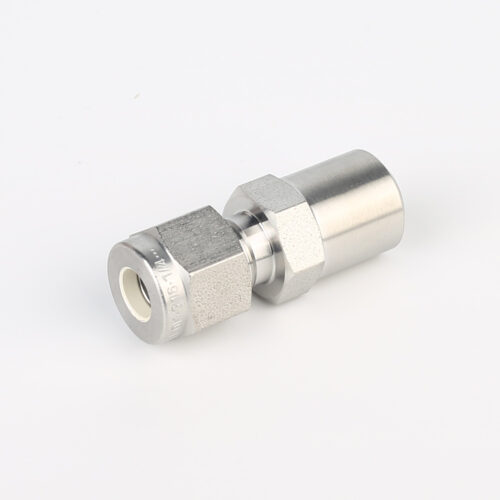
768LN Stainless Steel Male Pipe Tube Butt Weld Connector And Tube Fittings Supplier
-
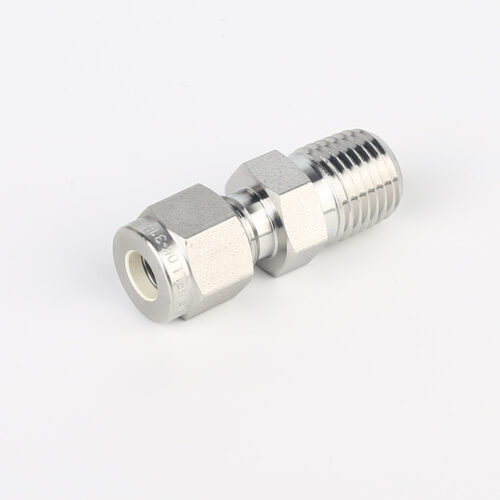
768L Stainless Steel Male Tube Butt Weld Connector | Clean Weld Fittings And Ultra-High Purity Fittings
-
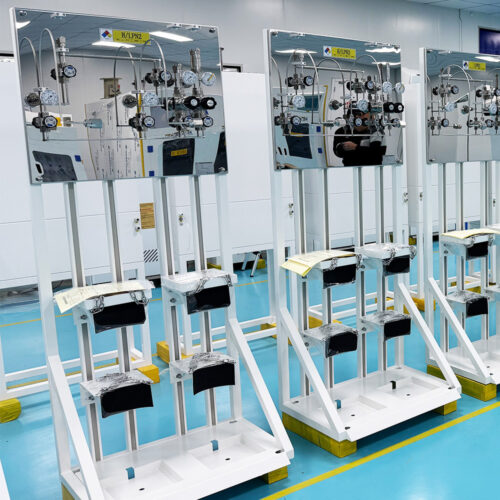
Manual Gas Rack High Purity Gas Delivery Systems JW-100-GR
-
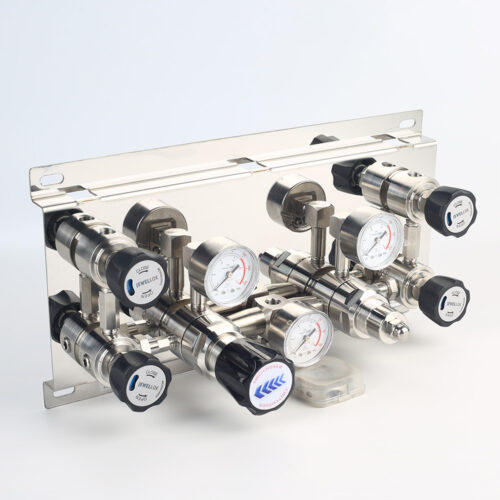
Pressure Control Panels For High Purity Gas Control System JSP-3AE Series From Pressure Control Panels Suppliers And Manufacturer
-
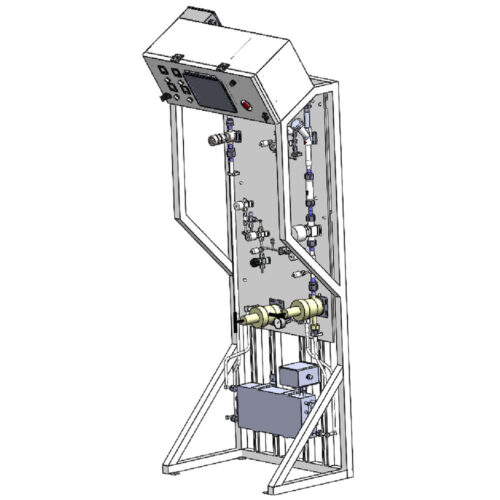
Fully Automated Gas Cabinet Gas Rack Gas Delivery Systems JW-300-GR
-
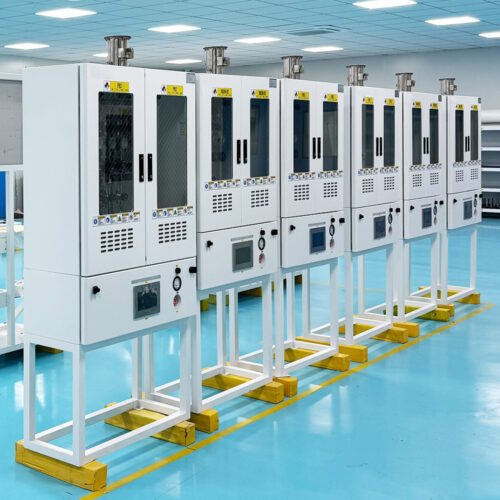
VMB Valve Manifold Panels And Boxes High Purity Configurable Systems JW-200-VMB & JW-100-VMB
-
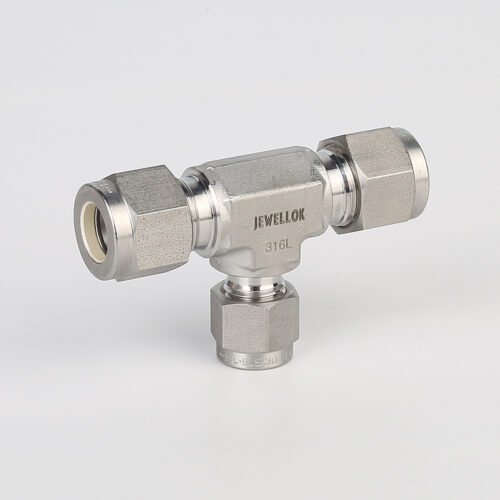
764LR Stainless Steel 316 Reducing Tee UHP Fitting Automatic Buttweld Reducing Tee
-
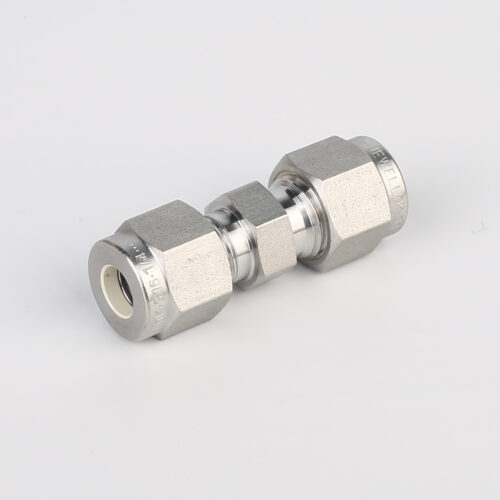
762L Stainless Steel High Purity Union High-Purity Gas System Fittings